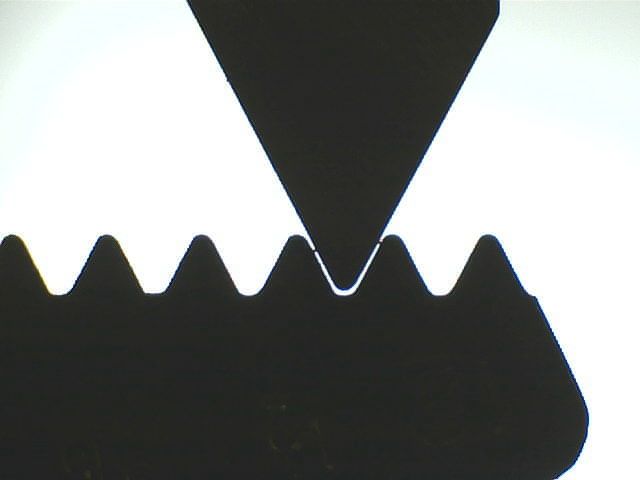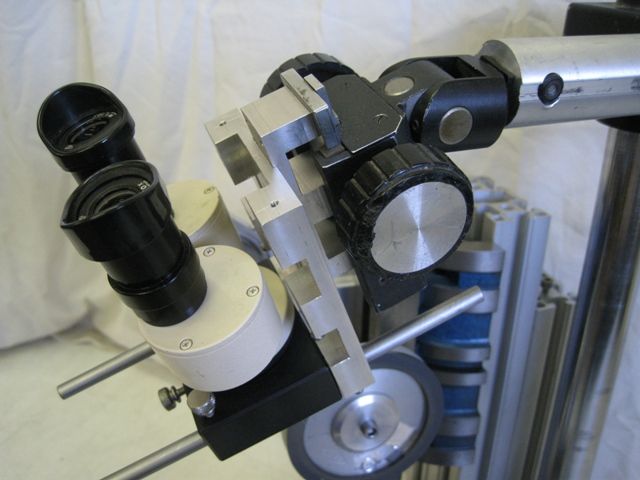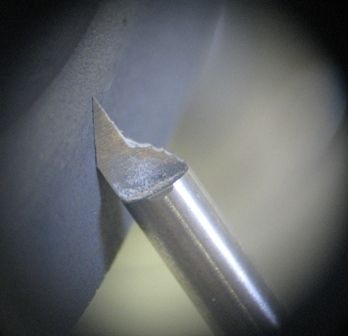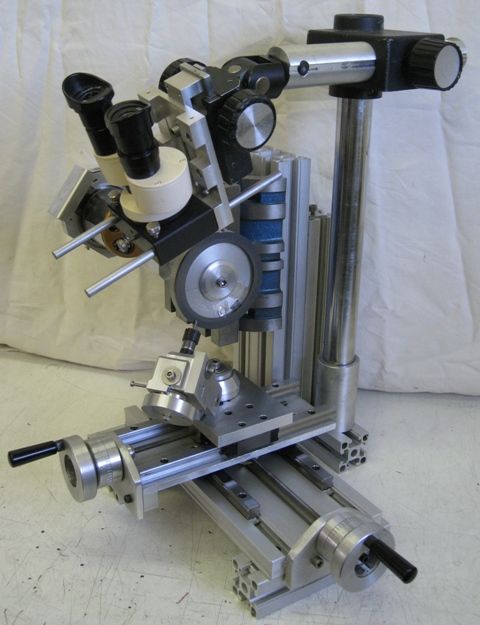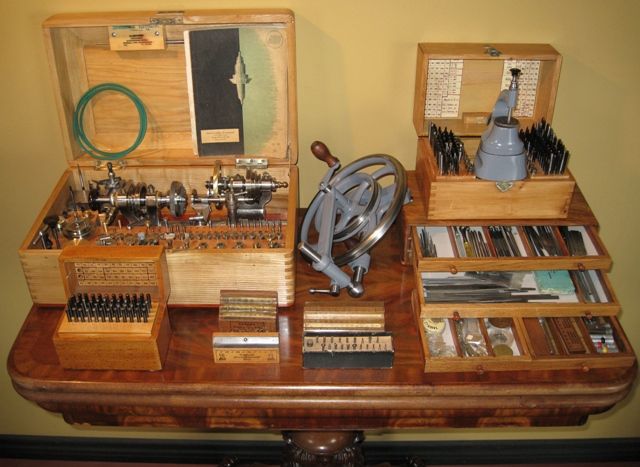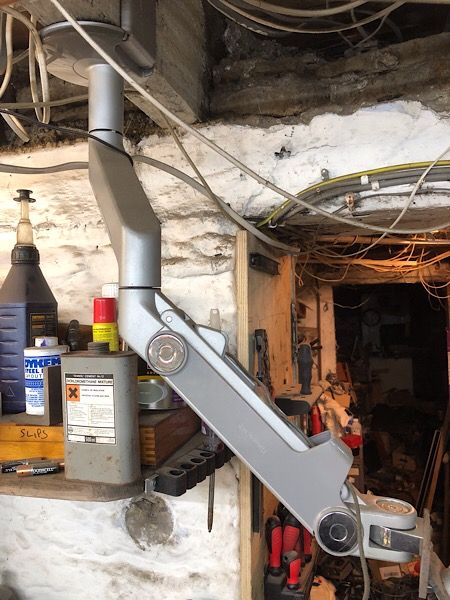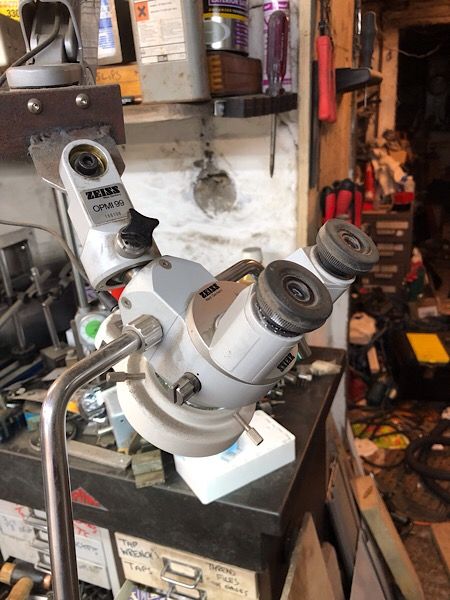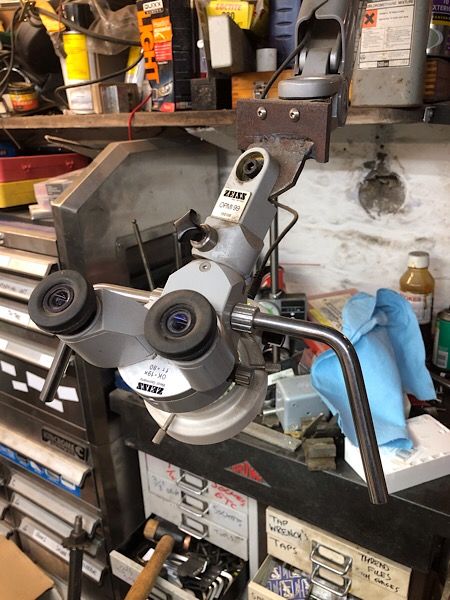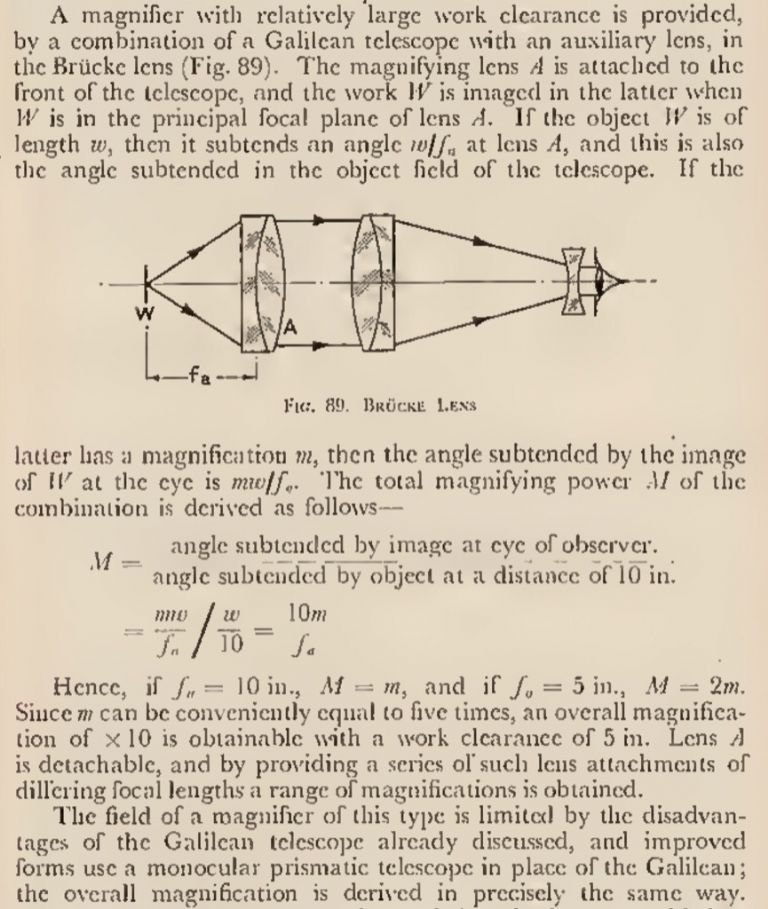I tried, both on the lathe and on a small cutter grinder shaping very fine engraving tips. I did not manage well with the digital camera/microscope method. Using such a device requires that you select a type that does not have any image latency – most of the IP ( network type) camera have a good few hundred milliseconds latency which makes eye-hand coordination difficult and tedious – it is possible, but there is no room to maneuver and 'oops' reactions are interesting.
There are USB based cameras that have for practical purposes no latency, but there are three issues with any digital solution I find intolerable.
The image resolution is one – you should try for the highest pixel count you can – at least HD standard, NOT VGA…With low resolutions I found the specular artifacts drove me insane, with rapid onset of eye strain and headache.
The second is the difficulty in becoming accustomed to the misdirection between hand position and motion, and eye sightline. One is so accustomed to the hands on the handwheel in your peripheral vision, it takes a while to adapt. Not impossible, but when you only do a few jobs like this, I found it was like starting from scratch each time.
And last, for me the worst compromise – lack of depth of view – no 3D feeling – with a constant attempt to now and then 'look' around the corner to see the tool contact point better, etc.
I ditched all these – I did try no less than 5 systems, from VGA through to a 34Mpixel camera..- and settled for a decent 'analogue' Binocular Microscope.
This has its problems as well – it is always in the way when you want to take a visual of the workspace. You need a really decent support or suspension arm that is sturdy,vibration free, and easily manipulated with the ability to quickly swing it out of the way, and index it back in place.. But the viewing experience, with much improved mental and eye fatigue resistance, is in my opinion well worth it.

Photo of engraving tip through the microscope – hard to photograph!


For interest, My late Father-in-Law – a German Watchmaker, used the little lathe pictured below to do what you are doing Chris – he used to do so by clamping various magnification jewellers Loupe to his eye, bend down low over the lathe and get on with it…

Joe
Steve Crow.


